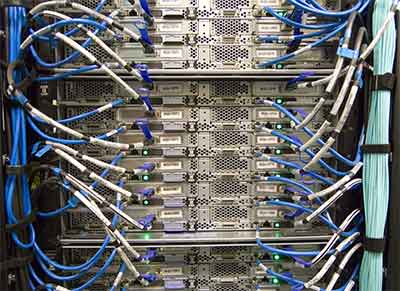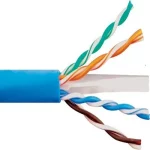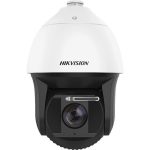There are several types of networking cables that are commonly used for various purposes in data communication and networking. These cables facilitate the transmission of data between different devices and systems, such as computers, switches, routers, and other networking equipment. Some of the most common types of network Cabling include:
- Ethernet (Twisted Pair) Cable: a. Unshielded Twisted Pair (UTP) – UTP cables are widely used in Ethernet networks. They consist of multiple pairs of copper wires twisted together to reduce electromagnetic interference (EMI) and crosstalk. Common categories of UTP cables include Cat5e, Cat6, and Cat6a. b. Shielded Twisted Pair (STP) – STP cables have a shielding layer around the twisted wire pairs to reduce EMI even further. They are typically used in environments with high levels of interference.
- Coaxial Cable: Coaxial cables consist of a central copper conductor surrounded by a layer of insulation, a metallic shield (usually a braided or foil shield), and an outer protective jacket. They were widely used for cable television and early Ethernet networks. The most common types are RG-6 and RG-59.
- Fiber Optic Cable: Fiber optic cables transmit data as pulses of light rather than electrical signals, making them immune to EMI and offering faster transmission speeds over longer distances. There are two types of fiber optic cables: a. Single-mode Fiber (SMF) – Uses a single light path for data transmission, allowing for longer distances and higher bandwidth. SMF is typically used for long-distance communication, such as in telecommunications and data centers. b. Multi-mode Fiber (MMF) – Uses multiple light paths for data transmission, which can cause signal dispersion over longer distances. MMF is typically used for short-distance communication, such as within a building or a campus.
- USB (Universal Serial Bus) Cable: USB cables are commonly used to connect peripheral devices like printers, scanners, and external storage devices to computers. They come in different types and versions, such as USB Type-A, Type-B, Type-C, and various USB standards like USB 2.0, USB 3.0, and USB 3.1.
- Serial Cable (RS-232): Serial cables are used to connect devices that communicate using the RS-232 standard, which is an older standard for serial communication. They are typically used for connecting modems, routers, and other legacy devices to computers.
- Parallel Cable: Parallel cables were once commonly used to connect printers and scanners to computers. They consist of multiple parallel wires for simultaneous data transmission. However, parallel cables have largely been replaced by USB and other modern interfaces.
- Power over Ethernet (PoE) Cable: PoE cables allow for the transmission of data and power over a single Ethernet cable, enabling devices like IP cameras and wireless access points to receive both power and data connectivity through a single cable. PoE is typically implemented using specialized switches or PoE injectors.
These are just some of the many types of networking cables available. The choice of cable depends on the specific requirements of the network, such as data transmission speed, distance, and environmental factors.





